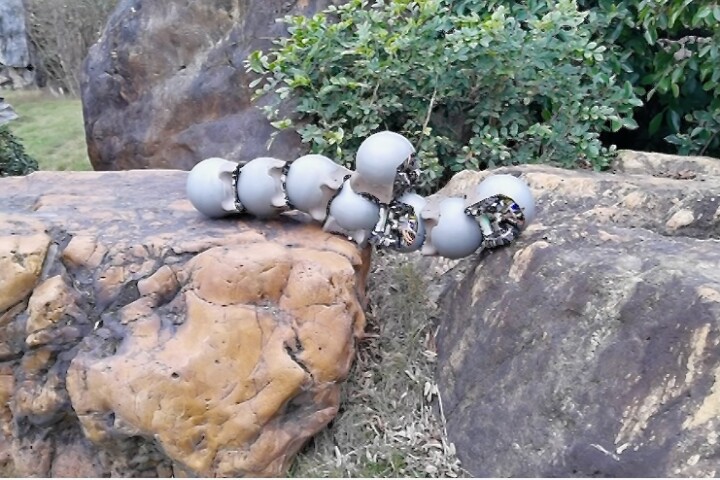The race to reach Mars is more like a decades-long marathon, but in the short term the latest space race involves inventing ways that might make setting up shop on the Red Planet possible. In the past few months alone, three teams have unveiled their visions of how humans might breathe on the fourth planet from the sun.
NASA hopes to conduct a manned mission to the Red Planet, but probably not until the mid-2030s. Meanwhile, SpaceX and Mars One are talking about making the trip in under 10 years from now. Whenever it is, establishing any kind of presence on Mars is going to require some new innovations just to deliver basic life support for anyone looking to stay for any extended duration.
Students from the University of Western Australia and Mars One astronaut candidate Josh Richards are finalists in the Mars One University competition, which would send key experiments to the surface of Mars in 2018. Mars One is a non-profit that has used a contest and media-centric approach to fund a one-way manned mission to establish a base on Mars, as soon as the mid-2020s.
The team, which calls its effort the "Helena Payload Project," hopes to demonstrate its method of extracting water from Martian soil and using electrolysis to produce breathable air.

The Australian team will be competing with another finalist team dubbed the Cyano Knights, who hope to show that oxygen can be produced on Mars using cyanobacteria to change a small amount of Mars' 95 percent carbon dioxide atmosphere into oxygen.
"Our experiment will hopefully pave the way to ensure the survival of the elected astronauts on the Red Planet, as we attempt to produce oxygen from Martian resources," said UWA engineering student and Helena co-lead, Andre Van Vulpen.
The two student concepts join MIT's Mars OXygen In situ resource utilization Experiment (MOXIE), which was selected earlier this year for inclusion on board NASA's Mars 2020 rover.
MOXIE is similar to Helena's approach, using solid oxide electrolysis to peel oxygen off of carbon dioxide, splitting it into O2 and carbon monoxide. Check out Gizmag's earlier coverage of MOXIE for more on how the concept works.
Naturally, the stakes are a little higher for the Mars One teams, who are looking to test technologies that could generate molecules to be inhaled by real humans in the next 10-12 years, whereas MOXIE will just be conducting experiments aboard a robot.

Somewhat ironically, another team of MIT students also called the viability of the Mars One plan into question this year, including major concerns over managing the vital supply of oxygen on a Martian base.
Regardless of how soon we might actually see humans breathing on the surface of Mars, the odds seem good that we will at least be creating breathable air there within the next 5 – 10 years.
Sources: Mars One, University of Western Australia







